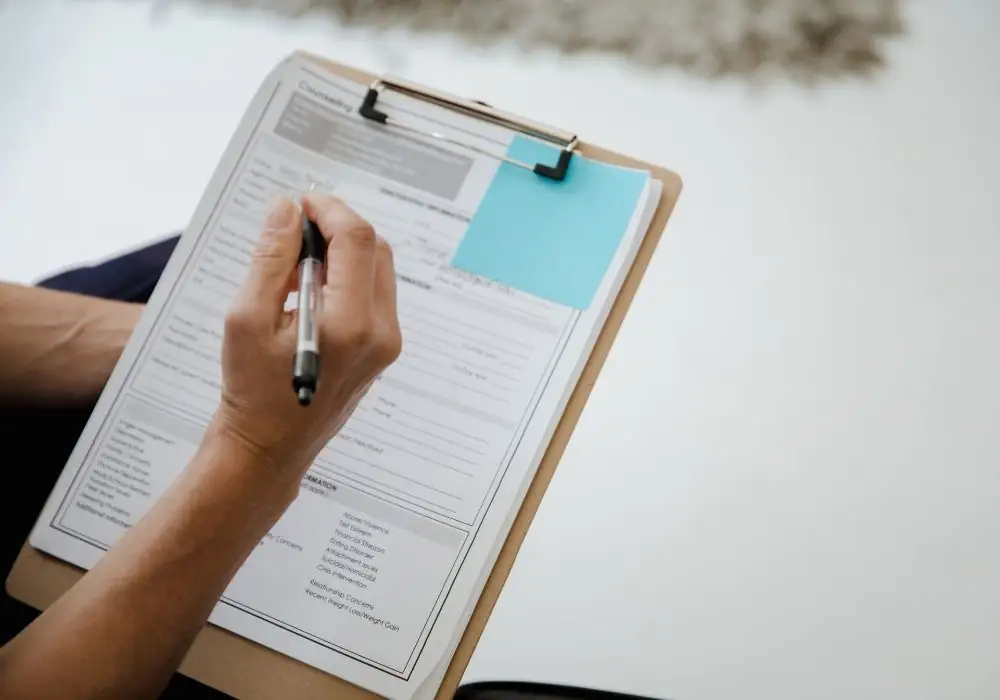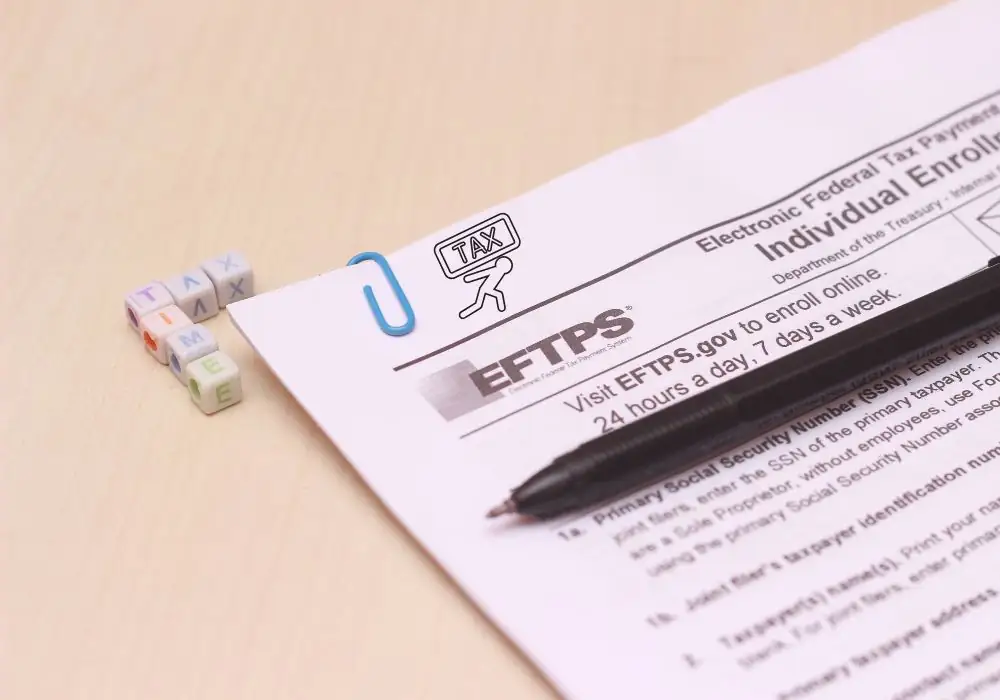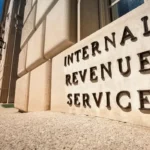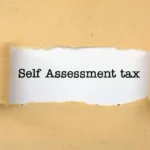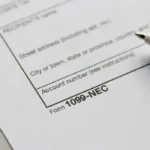- What’s a Non-SSA 1099?
- Why Does This Matter?
- Types of Non-SSA 1099s
- Who Gets These Forms?
- How Do Non-SSA 1099s Fit Into Taxes?
- Freelancers and the 1099 Life
- A Few Things To Consider
- FAQs
- 1. What’s the difference between a 1099-SSA and a Non-SSA 1099?
- 2. Do all Non-SSA 1099s mean self-employment income?
- 3. What if a Non-SSA 1099 is incorrect?
- 4. Is a Non-SSA 1099 required for payments under $600?
- 5. Can Non-SSA 1099 income affect Social Security benefits?
- 6. Where do Non-SSA 1099s go on a tax return?
- Wrapping it Up
You’re sorting through a pile of tax papers, and there it is—the term “Non-SSA 1099 form” staring back at you.
Sounds like something only an accountant would love, right? But don’t worry, it’s not as complicated as it seems.
Let’s break it down what it is, sprinkle in some real-world examples, and make sense of this tax puzzle together—all while keeping things light and easy to follow.
What’s a Non-SSA 1099?
At its core, a 1099 form is like a report card for income that doesn’t come from a regular paycheck. Think freelance gigs, interest from a savings account, or dividends from investments.
The IRS uses these forms to keep track of money earned outside of traditional wages or salaries. There are a bunch of different 1099s, each one covering a specific type of income.
Now, the “Non-SSA” part just means the form isn’t issued by the Social Security Administration (SSA).
The SSA sends out 1099-SSA forms to report Social Security benefits, like payments for retirees or disability recipients.
A Non-SSA 1099, then, is any 1099 form that comes from someone else—like a bank, a client, or an investment firm. It’s the catch-all for income that’s not tied to Social Security.
Why Does This Matter?
Knowing whether 1099 is from the SSA or not helps clear up who’s sending it and what kind of income it’s reporting.
The SSA deals strictly with government benefits, so their 1099-SSA is all about Social Security payments.
Non-SSA 1099s, on the other hand, come from businesses, banks, or other organizations, covering everything from freelance earnings to stock dividends.
Getting this straight makes tax season less of a headache, ensuring you report the right income in the right place.
Types of Non-SSA 1099s
Non-SSA 1099s come in a variety of types, each with its own job. Here’s a quick tour of the most common ones:
- 1099-NEC (Nonemployee Compensation): This one’s for freelancers, contractors, or anyone paid $600 or more for work outside a regular job. For example, if you designed a logo for a small business or drove for a rideshare app, you’d likely get a 1099-NEC.
- 1099-MISC (Miscellaneous Income): The jack-of-all-trades form, covering things like rent payments, royalties, or even prize money from that local trivia night you crushed.
- 1099-INT (Interest Income): Got a savings account or CD earning interest? If it’s $10 or more, the bank sends this form to report it.
- 1099-DIV (Dividends and Distributions): This tracks money earned from investments, like dividends from stocks or mutual funds.
- 1099-B (Proceeds from Broker and Barter Exchange Transactions): Sold some stocks or crypto through a broker? This form logs the proceeds.
- 1099-R (Distributions from Pensions, Annuities, Retirement Plans): Taking money out of an IRA or 401(k)? This form covers those withdrawals.
Each form comes with its own set of instructions, so it’s worth giving them a quick read when they show up in your mailbox or inbox.
Who Gets These Forms?
Non-SSA 1099s can land in just about anyone’s lap if they’re earning certain kinds of income. Here’s who typically sees them:
- Freelancers and Gig Workers: From graphic designers to dog walkers, anyone doing contract work might get a 1099-NEC.
- Investors: If you’re earning interest from a bank or dividends from stocks, expect a 1099-INT or 1099-DIV.
- Retirees: Pulling money from a retirement account? A 1099-R will likely show up.
- Landlords: Collecting rent from tenants often triggers a 1099-MISC.
- Small Business Owners: If you’re running a side hustle or full-on business, clients might send a 1099-NEC for services.
Usually, if someone pays you $600 or more for services (or smaller amounts for things like interest), they’re required to send a 1099 by January 31 of the next year.
How Do Non-SSA 1099s Fit Into Taxes?
Getting a Non-SSA 1099 is like getting a note from the payer saying, “Hey, here’s what we paid you—and the IRS knows about it too.” Here’s how it works when tax season rolls around:
- Get the Form: By late January, the payer (like a client or bank) sends the 1099, showing how much they paid you last year.
- Report the Income: Use the 1099 to fill out your tax return. For instance, 1099-NEC income usually goes on Schedule C if you’re self-employed, while 1099-INT interest lands on Form 1040.
- Pay Taxes: Most Non-SSA 1099 income is taxed as regular income. If you’re self-employed, you might also owe self-employment tax (about 15.3% for Social Security and Medicare). Unlike a W-2 job, no taxes are withheld, so you’re on the hook for the full amount.
- Keep Records: Hang onto those 1099s and any related receipts for at least three years, just in case the IRS comes knocking.
If a 1099 looks off—like the amount doesn’t match what you earned—reach out to the issuer right away to get it fixed. It’s way easier than dealing with an IRS notice later.
Freelancers and the 1099 Life
If you’re freelancing or working a gig job, Non-SSA 1099s (especially 1099-NEC) are your bread and butter. But here’s the catch: no taxes are taken out of those payments.
That means you need to be proactive about saving for taxes. A good starting point? Set aside 25-30% of every 1099 payment for federal, state, and self-employment taxes.
You might also need to make quarterly estimated tax payments if you expect to owe $1,000 or more when you file.
The IRS likes taxes paid as you earn, not just at the end of the year. Miss these, and you could face a penalty. If this sounds overwhelming, a quick chat with a tax pro can set you straight.
A Few Things To Consider
Non-SSA 1099s can be tricky if you’re not paying attention. Here are some common slip-ups to avoid:
- Ignoring the Form: Even if a 1099 never shows up, you’re still responsible for reporting all income. The IRS gets copies of 1099s, so they’ll notice if something’s missing.
- Counting Income Twice: If you’re tracking income on your own, double-check you’re not reporting 1099 income again on your return.
- Missing Deadlines: Payers have to send 1099s by January 31, and your tax return is due by April 15 (unless you file for an extension). Stay on top of both.
- Forgetting Deductions: If you’re self-employed, don’t forget to deduct business expenses—like a home office, supplies, or mileage. It can shave a chunk off your taxable income.
FAQs
1. What’s the difference between a 1099-SSA and a Non-SSA 1099?
A 1099-SSA comes from the Social Security Administration and reports Social Security benefits. Non-SSA 1099s come from other sources, like banks or clients, and cover things like freelance pay or investment income.
2. Do all Non-SSA 1099s mean self-employment income?
Not always. A 1099-NEC usually points to self-employment income, but forms like 1099-INT (interest) or 1099-DIV (dividends) are about passive income, not work you did.
3. What if a Non-SSA 1099 is incorrect?
Contact the issuer (like the bank or client) as soon as possible to get a corrected form. File your taxes with the right numbers and keep proof of the correction
4. Is a Non-SSA 1099 required for payments under $600?
For most forms, like 1099-NEC, payers only send them for $600 or more. But you still have to report all income, even if you don’t get a form.
5. Can Non-SSA 1099 income affect Social Security benefits?
It might. If you’re under full retirement age and earning significant income (like from freelancing), it could temporarily reduce your Social Security benefits. A tax advisor can help sort this out.
6. Where do Non-SSA 1099s go on a tax return?
It depends. 1099-NEC income often goes on Schedule C for self-employment. 1099-INT interest goes on Form 1040, line 2b. Check the form’s instructions for the exact spot.
Wrapping it Up
Non-SSA 1099 forms might feel like just another piece of tax clutter, but they’re really just a way to track income that doesn’t come from a regular job.
Whether it’s cash from a side hustle, interest from a bank, or dividends from investments, these forms keep the IRS in the loop.
By knowing what they are, who gets them, and how to handle them, tax season becomes a lot less daunting.
Got a stack of 1099s piling up? Grab a snack, take a deep breath, and maybe call a tax pro if it’s all too much.

